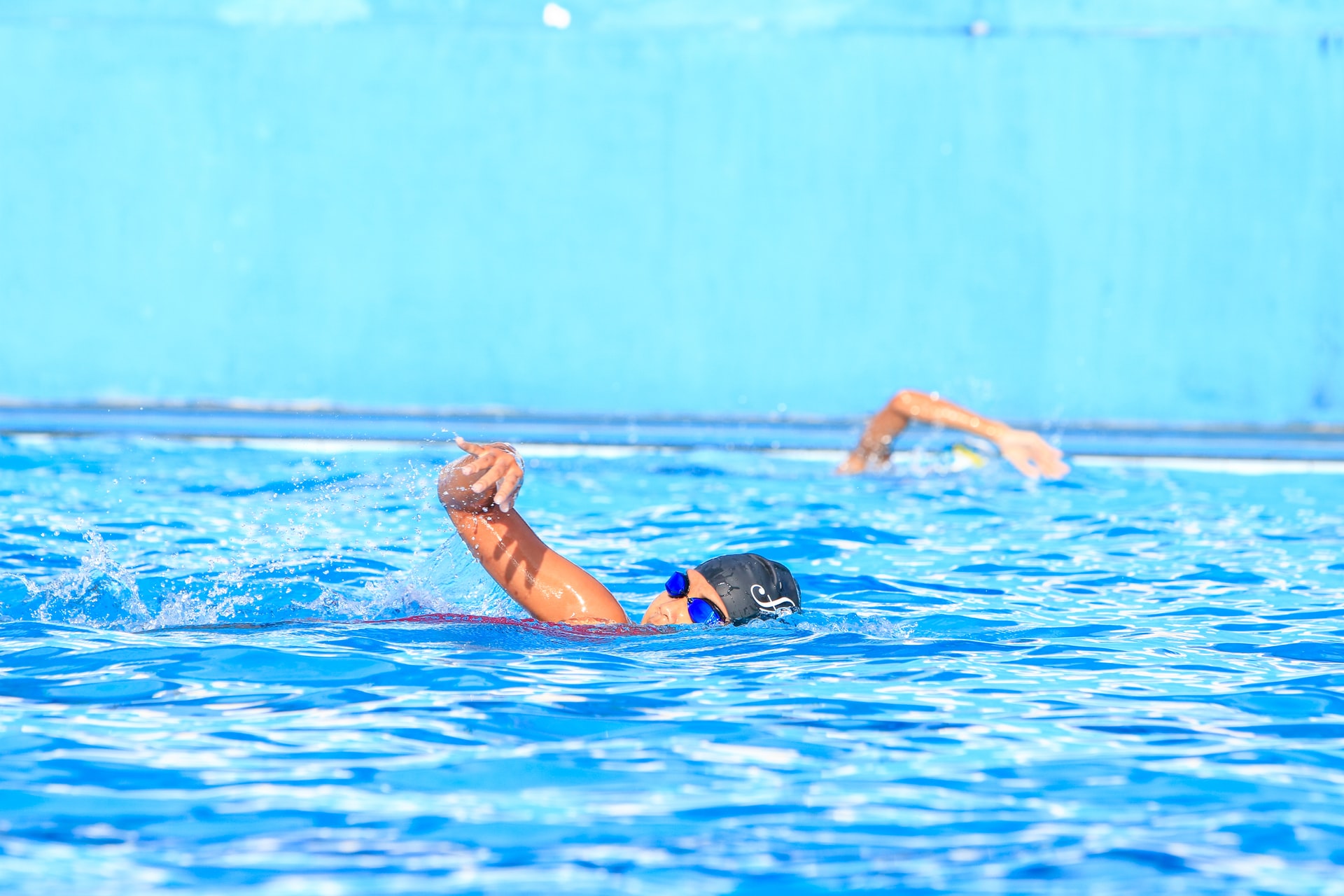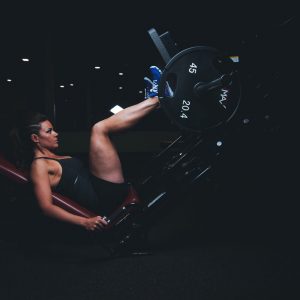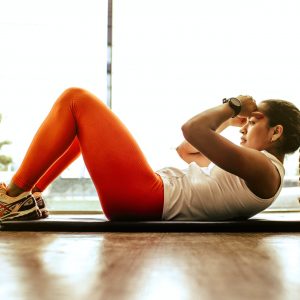Whether you’re a novice or an expert swimmer, there are several things that go into improving your swimming. Each element of your training—from your workouts to your diet to your mindset—builds on the others and can either propel you forward toward your goals or keep you stuck at a plateau.
Today, we’re going to look at a holistic approach to swimming training and give you some advice on how to do it. Check out Fares’ latest book, Swim Like A Pro, for further direction and motivation.
If you participated in our giveaway honoring the publication of Fares’ book, keep reading to find out who won!
Let’s begin by adopting a new viewpoint.
Put your eyes closed and picture yourself at a lake, beach, pool, or ocean. Exhale after taking a deep breath in and smelling the ocean or chlorine.
Now picture yourself getting in the water and starting to swim. When you are riding high above the ocean, you feel light. It has magic.
I want to challenge you starting today to recognize what a fantastic opportunity swimming is.
Let’s get started with our advice for swimming like a pro on Private swimming lessons for singaporeans now that we are in the right frame of mind!
1. Stroke Method
You can enhance your swimming in two major ways: by decreasing drag and improving propulsion. You’ll improve your stroke over time if you concentrate on technique during your exercises, which will also make you faster.
Take a look at how your body is positioned to lessen drag. Do your hips bob up and down in the water, or do they hover near the surface? Do you frequently elevate your head and look forward than of straight down at the pool’s bottom? Focus on maintaining a high hip position and a downward gaze.
You want to pull as much water as you can to increase propulsion. Work on Early Vertical Forearm to achieve this.
When swimming freestyle, bend at the elbow as soon as your fingertips touch the water, keeping your wrist and forearm straight and directing your fingertips toward the bottom of the pool. Straight back, please! When you pull this way, your arm acts like a giant paddle that can move a lot more water than if your arm were straight.
2. Education
It’s time to look at your training after technique. Do you stick to a schedule or improvise your workouts as you go? Without a plan, swimming is a perfectly good form of exercise, but if you want to get faster and better, you need a tailored strategy. Without one, you can experience a plateau and have to postpone your goals.
The MySwimPro app is an excellent choice for organized Training Plans regardless of your swimming level. You can choose from swim plans for beginners to marathon swimmers, so you’re sure to discover one that pushes you to succeed. On your iPhone or Android, check out the MySwimPro Coach Subscription.
 3. Food intake
3. Food intake
You can work out as hard as you like, but if you aren’t properly fuelling your body, all of your effort will be in vain.
To guarantee your muscles have enough fuel to get you through your exercises and so you can make the most strength gains while you recover, it’s crucial to give your body the right amount of protein and carbohydrates before, during, and after your workouts. For advice on fueling for swimming performance, see our chat with a licensed dietician >
Also crucial is hydration. Drink plenty of water all day long, and always have a water bottle with you while swimming. When you swim, you perspire a lot even if you can’t feel it in the water.
4. Desert
Dryland training is the next component of improving swimming performance, sometimes known as strength training. You may develop strength, power, and endurance in ways that you just cannot do in the pool by including 1-3 days of dryland training in your weekly training schedule.
Whether you prefer bodyweight exercises or go to the gym for some weight lifting, mixing up your motions will help you avoid overuse injuries and can even build your muscles so that you are less likely to sustain them in the first place.
5. Mental Exercise
The key to swimming performance, undoubtedly, is mental preparation. If your head isn’t in the correct place, no matter how hard you train or how well you eat, you won’t succeed.
Having a growth attitude is essential for swimmers. No matter where you are now, there is always room for improvement. That is true for both experienced swimmers and those who have only recently begun swimming.
Every day is a fresh opportunity to work hard and go toward your goals since nobody is perfect. On the days when it’s hard to stay motivated, keep that in mind. There will be days when you don’t feel 100%, and not every workout will be your best. It’s all a part of the process, though.
Set SMART swimming objectives.
All of our advise is pointless if you don’t establish objectives for yourself, so keep that in mind.
The world’s top swimmers are rigorous about defining goals, and many will put those goals in writing so they can review them periodically for inspiration.
We enjoy utilizing SMART as a goal-setting tool. SMART is short for:
Specific: The statement “I want to get faster” is not a goal. “I want to improve my time in my 200 breaststroke race,” would be a better objective.
Measurable: Give your objective a number. For instance, “I want to decrease my 200 breaststroke time by 2 seconds.”
Is this objective achievable given your current level of expertise? Set attainable objectives.
Setting a goal to enhance your 200 breaststroke may not be pertinent at this time if you don’t compete in breaststroke events or if you prefer open water competitions.
Time-bound: Set a time limit for yourself. For instance, “I will improve my 200 breaststroke time by two seconds at my swim meet in three months.”
 Free Swimming Advice
Free Swimming Advice
We’ll leave you with three more swimming pointers in case the advice above wasn’t enough to inspire you to achieve your goals:
1. Arrange your hands logically
Many swimmers push off the wall with a slow, ineffective streamline. Stack your hands on top of one another to lessen the pull your body creates while you streamline. Hold on tight as you encircle the bottom hand with the thumb of your top hand.
2. Swim with Your Fingers Open
You might have learned to swim with your fingers securely clasped. Actually, that isn’t as effective as swimming with just a little space between your fingertips! According to studies, keeping just 5 millimeters between each finger can increase swimming speed by 2.5 percent. Discover more about open finger swimming practice.
3. Lower Your SWOLF Rating
Your stroke efficiency can be estimated roughly using your SWOLF score. To determine your SWOLF score, multiply the time it took to complete a lap by the number of strokes you used.
Therefore, your SWOLF score would be 31 if you swam a 25 in 15 seconds while using 16 strokes. A lower score is preferable because it shows that you are moving more quickly with fewer strokes.





